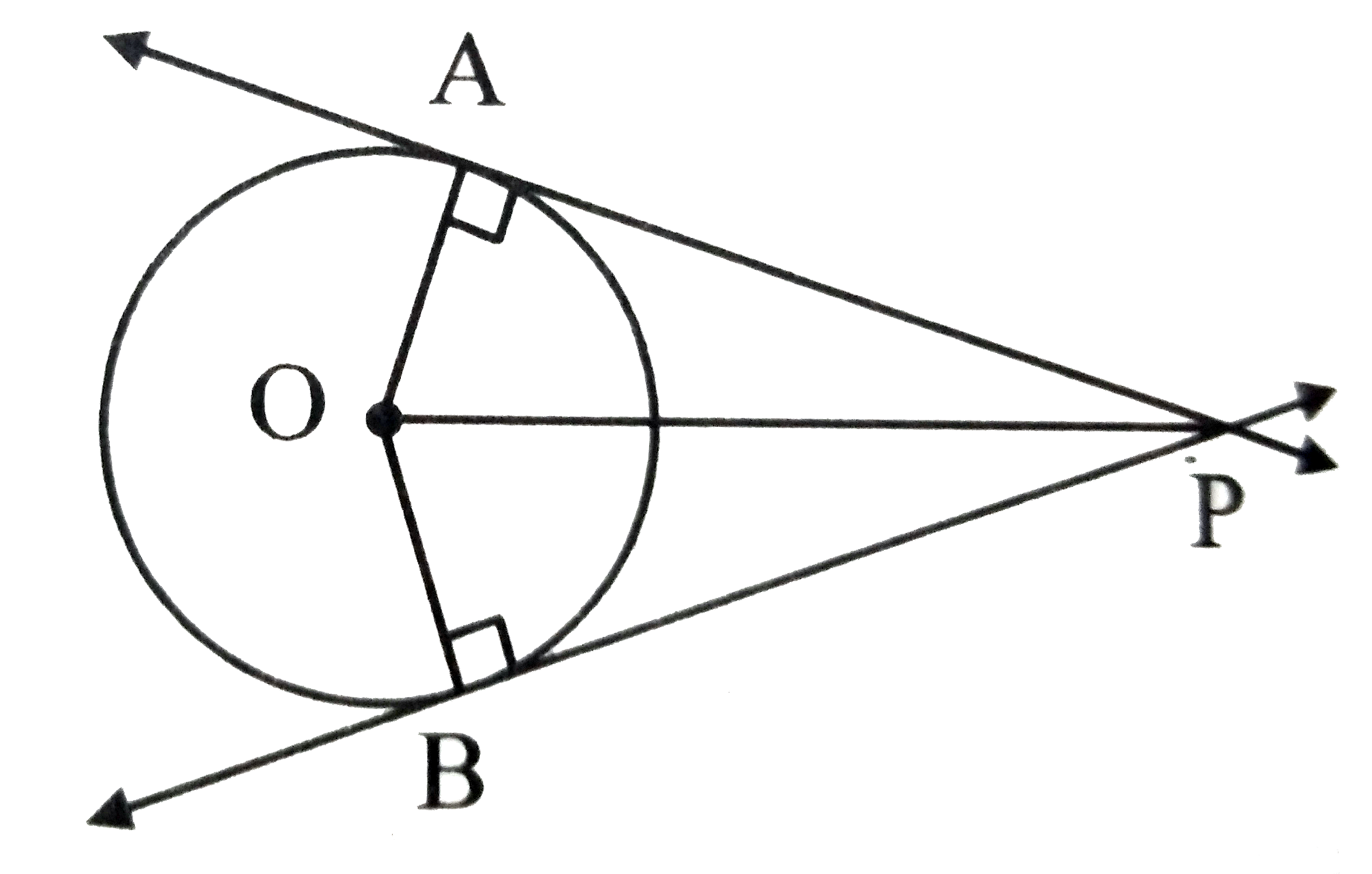The figure shows a tetrapeptide hypothetical portion of a protein with parts labeleld a-d. Which one of the following option is correct ?

D is the acidic amino acid-glutanic acid.
C is an aromatic amino acid-tyrosine.
A is the C-terminal amino acid and D is N-terminal amino acid.
A is a sulphur containing amino acid methionine.
The correct Answer is:B
Step by step video, text & image solution for The figure shows a tetrapeptide hypothetical portion of a protein with parts labeleld a-d. Which one of the following option is correct ? by Biology experts to help you in doubts & scoring excellent marks in Class 11 exams.
Updated on:21/07/2023Topper's Solved these Questions
Similar Questions
Knowledge Check
Which one of the following options is correct ?
Asin230∘,sin245∘,sin260∘, are in GPBcos230∘,cos245∘,cos260∘ are in GPCcot230∘,cot245∘,cot260∘ are in GPDtan230∘,tan245∘,tan260∘ are in GPThe figure shows a tetrapeptide hypothetical portion of a protein with parts labeleld a-d. Which one of the following option is correct ?
 AD is the acidic amino acid -glutamic acidBC is an aromatic acid -tyrosine .CA is the C - terminal amino acid D is terminal amino acid .DA is a sulphur containing amino acid methionine .
AD is the acidic amino acid -glutamic acidBC is an aromatic acid -tyrosine .CA is the C - terminal amino acid D is terminal amino acid .DA is a sulphur containing amino acid methionine .The figure shows a hypothetical tetrapeptide portion of a protein with parts labelled A-D. Which one of the following option is correct?
 AA is the sulphur containing amino acid-methionineBD is the acidic amino acid-glutamic acidCC is an aromatic amino acid-tryptophanDA is the C-terminal amino acid and D is N terminal amino acid
AA is the sulphur containing amino acid-methionineBD is the acidic amino acid-glutamic acidCC is an aromatic amino acid-tryptophanDA is the C-terminal amino acid and D is N terminal amino acid
The figure shows a hypthetical tetrapeptide portion of a protein with parts labelled A-D. Which one of the following option is correct

View SolutionWhich one of the following options shows a correct matching pair?
View SolutionWhich of the following options is correct for the given figures ?

View SolutionThe given figure shows lateral view of the human brain.Identify the parts labelled as A to E and select the correct option.

View SolutionThe shaded portion of figure shows the graph of which of the following ?

View Solution



